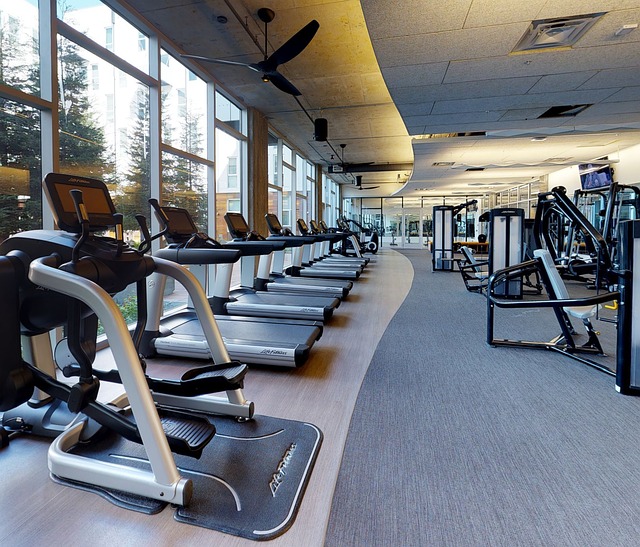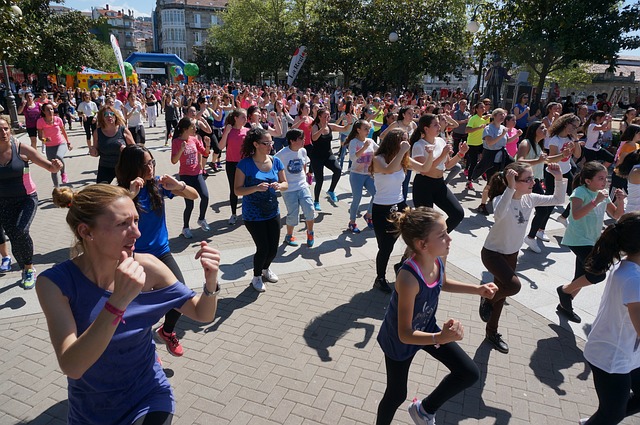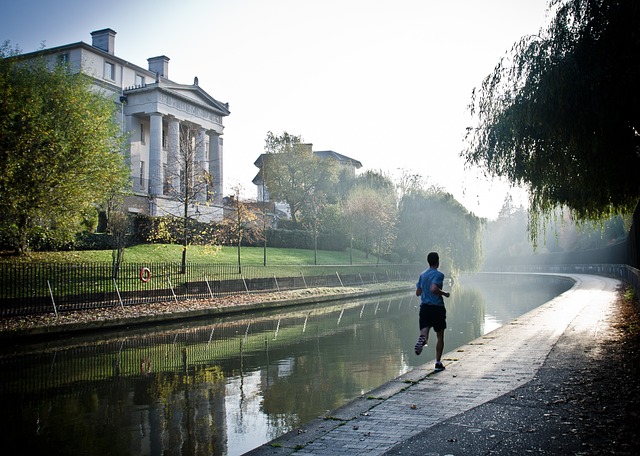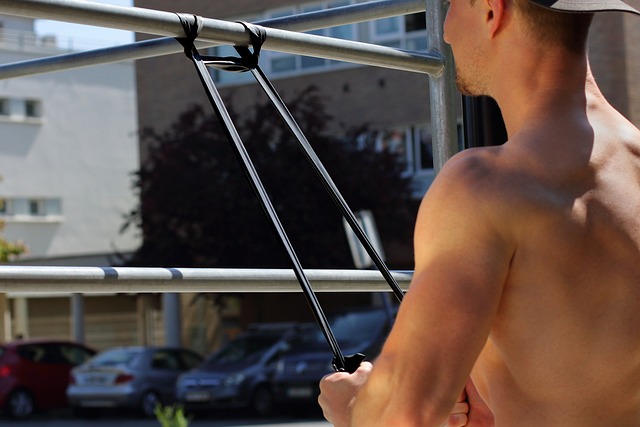Starting a fitness routine can be intimidating, especially if you’re new to exercise. It’s important to start with a routine that’s achievable and gradually increase the intensity as your fitness level improves.
Components of a fitness routine
Here are the main components of a fitness routine:
Warm-up
A warm-up is a crucial part of any fitness routine as it helps prepare your body for the upcoming workout. A proper warm-up increases your heart rate, improves blood flow to your muscles, and increases your flexibility, making your workout more effective and reducing the risk of injury. Warm-up exercises can include jogging in place, jumping jacks, or dynamic stretching movements. A good warm-up should last at least 5-10 minutes and gradually increase in intensity.
Cardiovascular Exercise
Cardiovascular exercise, also known as aerobic exercise, is any activity that increases your heart rate and respiration, such as running, cycling, or swimming. This type of exercise strengthens your heart and lungs, increases endurance, and burns calories, making it an essential part of any fitness routine. Cardiovascular exercise also helps to reduce the risk of chronic diseases such as heart disease, diabetes, and high blood pressure.
Strength Training
Strength training involves exercises that use resistance to build and tone your muscles, such as weightlifting, bodyweight exercises, or resistance bands. Strength training helps to increase your muscle mass, improve your bone density, and boost your metabolism, making it easier to burn calories and maintain a healthy weight. Additionally, strength training can improve your balance, reduce the risk of injury, and enhance your overall physical performance.
Flexibility
Flexibility exercises such as stretching or yoga are essential for maintaining a healthy range of motion and reducing the risk of injury. Flexibility exercises can also help to improve your posture, reduce stress and tension, and enhance your overall physical performance. Incorporating flexibility exercises into your fitness routine can also improve your balance and coordination.
Cool-down
A cool-down is the final phase of your workout, where you gradually decrease your heart rate and return your body to a resting state. A proper cool-down can help to reduce muscle soreness and stiffness, improve flexibility, and enhance recovery. Cool-down exercises can include walking or light jogging, static stretching, or foam rolling. A good cool-down should last at least 5-10 minutes and gradually decrease in intensity.
Sample 7-day Fitness Routine
Here’s a sample 7-day fitness routine for you to get started. It focuses on exercise and fitness that can be completed in 40 minutes with the aim of getting optimal benefits from exercise.
Day 1:
- Warm-up: 5-minute walk or jog in place
- Cardiovascular Exercise: 20 minutes of jumping jacks, high knees, or other high-intensity interval training (HIIT) exercises
- Strength Training: 10 minutes of bodyweight exercises such as push-ups, squats, and lunges
- Cool-down: 5-minute walk or jog in place and light stretching
Day 2:
- Warm-up: 5-minute walk or jog in place
- Flexibility: 10 minutes of yoga or stretching exercises
- Cardiovascular Exercise: 20 minutes of cycling or stationary biking
- Cool-down: 5-minute walk or jog in place and light stretching
Day 3:
- Warm-up: 5-minute walk or jog in place
- Strength Training: 10 minutes of dumbbell exercises such as bicep curls, tricep extensions, and shoulder presses
- Cardiovascular Exercise: 20 minutes of brisk walking or jogging
- Cool-down: 5-minute walk or jog in place and light stretching
Day 4:
Rest Day: Take a break or do light stretching exercises.
Day 5:
- Warm-up: 5-minute walk or jog in place
- Cardiovascular Exercise: 20 minutes of jumping jacks, high knees, or other HIIT exercises
- Strength Training: 10 minutes of bodyweight exercises such as push-ups, squats, and lunges
- Cool-down: 5-minute walk or jog in place and light stretching
Day 6:
- Warm-up: 5-minute walk or jog in place
- Flexibility: 10 minutes of yoga or stretching exercises
- Cardiovascular Exercise: 20 minutes of swimming or water aerobics
- Cool-down: 5-minute walk or jog in place and light stretching
Day 7:
- Warm-up: 5-minute walk or jog in place
- Strength Training: 10 minutes of dumbbell exercises such as bicep curls, tricep extensions, and shoulder presses
- Cardiovascular Exercise: 20 minutes of cycling or stationary biking
- Cool-down: 5-minute walk or jog in place and light stretching
It’s important to remember to listen to your body and not push yourself too hard. If you experience pain or discomfort during exercise, take a break and consult with a healthcare professional. Also, make sure to stay hydrated by drinking water throughout your workout and eat a balanced diet to support your fitness goals. With consistency and dedication, you can gradually increase your fitness level and achieve your health and fitness goals.
Image by Lewis Good from Pixabay
Fitness
-

How to Hydrate Properly for Muscle Health
Proper hydration is crucial for overall health and plays a vital role in supporting muscle function and development. Muscles are composed of a significant amount of water, and maintaining adequate hydration levels is essential for optimizing muscle performance, preventing muscle cramps, and supporting muscle recovery. In this article, we explore the link between hydration and…
-

Try Aerobics for Overall Health, Fitness, and Fun
-

Mindful Running: How to Incorporate Mindfulness and Mental Focus into Your Running Routine
-

Proper Running Form and Techniques – How to Boost Your Performance and Prevent Injuries
-

How to Start Running Today for Health and Fitness
-

Unleashing Your Strength: Exploring Resistance Training and Its Various Types
-

How to Build Muscle Mass – From Strength Training to Protein-Rich Foods









Leave a Reply